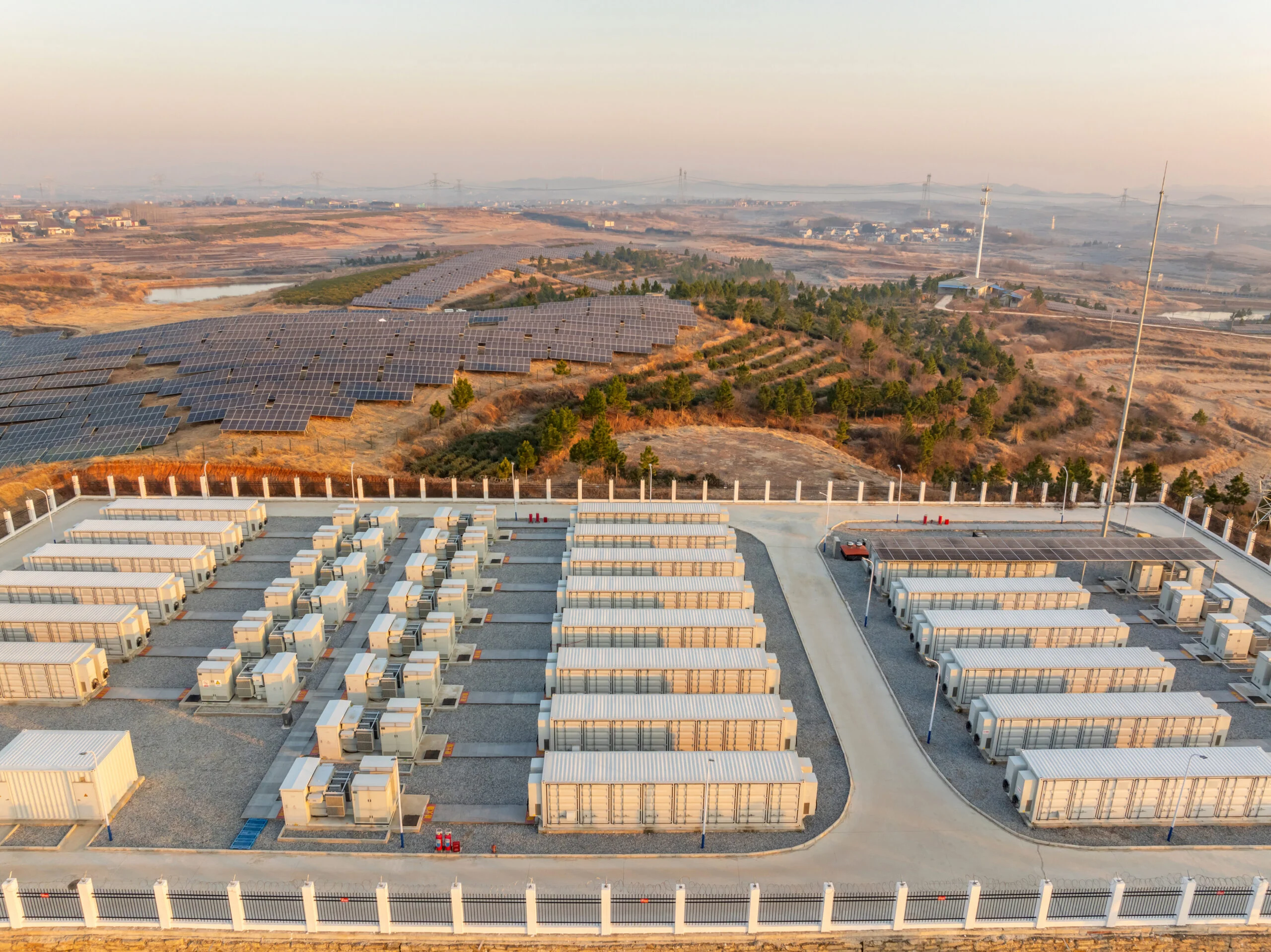The Energy Information Administration (EIA) anticipates 62.8 GW of energy storage to come online in 2024, an increase of 55% from 2023. These investments are driven by increases in solar installations including the 12 GW of utility-scale solar that came online in the first half of 2024 alone. Likewise, growing battery storage capacity runs parallel to the recent Department of Energy report Pathways to Commercial Liftoff: Virtual Power Plant. In that report, the DOE stated that 80-160 GW of virtual power plant capacity is needed by 2030 to reliably support the rapid decarbonization and electrification efforts required to mitigate the effects of climate change. Batteries and battery energy storage systems (BESS) provide demand flexibility opportunities for utilities to meet demand while defraying high peak energy costs and enhancing grid resiliency. So how can utility operators most effectively employ battery storage in their demand flexibility strategies?
Battery Storage Today… & Tomorrow
As noted, the Energy Information Administration reports that U.S. battery storage capacity will significantly increase by 2025 to an estimated 30 GW by the end of 2025. Likewise, they report that energy arbitrage ranks as the most common use case among many potential uses for battery storage, followed by frequency regulation. To put this in lay terms, battery programs to defray high peak costs and/or to mitigate service failure, demonstrating two crucial tasks for grid managers. Battery storage is vital for load flexibility initiatives like virtual power plants, which, according to the National Renewable Energy Laboratory (NREL), can “enhance power system flexibility and enable high levels of renewable energy integration.”
Battery Storage & DERMS
Batteries represent one of several behind-the-meter distributed energy resources (DERs) including solar, electric vehicles and EVSE, and smart home devices like thermostats and water heaters. Currently, batteries are most often used in battery energy storage systems (BESS), frequently as one of several utility-owned, grid-scale installations. For those assets, grid operators deploy Grid distributed energy resource management systems (DERMS), hardware typically found behind a firewall. For these DER assets, grid operators know exactly what they have and when they can access it, yielding a dependable result as needed to ensure continuity of service while mitigating high energy spending.
By contrast, the increasingly abundant presence of behind-the-meter DERs affords a parallel and complementary opportunity for demand flexibility. These behind-the-meter DER assets are aggregated by a Grid-Edge DERMS, cloud-based software that utilities use to aggregate otherwise disparate customer resources. Historically, behind-the-meter assets have proven too intermittent to rely on. Fortunately, new innovations like Topline Demand Control, which combines a Grid-Edge DERMS, artificial intelligence, forecasting software, and model predictive control to yield a reliable outcome. Topline Demand Control optimizes each device as grouped by device type, location, or other utility-driven parameters to reliably produce the aggregate energy requested during a grid event window.
Demand Flexibility & Battery Storage
Demand flexibility describes several load management tactics including demand response, EV managed charging, and virtual power plant strategies. In terms of behind-the-meter programs, demand flexibility initiatives are often deployed to curtail usage during peak periods of demand, shifting load to off-peak hours. As an aggregate conservation effort, these demand flexibility programs help defray the costs associated with purchasing energy during peak usage, while enhancing grid stability. Let’s take a closer look at how battery storage is used in demand flexibility.
Virtual Power Plants
An immediate virtue of battery storage is that utilities can access and redistribute the electricity stored in participating behind-the-meter battery storage units. These virtual power plant systems are fueling investments in battery storage, including legislation like the Inflation Reduction Act and Bipartisan Bill, as battery storage is essential to renewable energy adoptions.
To optimize any battery storage demand flexibility initiative, consider a Grid-Edge DERMS with flexible dispatching features. With this technology, utilities can group participating devices by size, percentage of demand needed, duration, or by factors like device type, location, or need. Doing so alleviates locational and distribution restraints while allowing utilities to call events across multiple devices, programs, or other outside criteria. Combined with Topline Demand Control, grid operators can set parameters to their needs, whether in addressing grid congestion pain points or minimizing customer disruptions, while yielding a reliable outcome.
Energy Arbitrage
As noted above, energy arbitrage is the most common use for battery storage in U.S. load management strategies. Energy arbitrage is the practice of storing surplus energy, often from renewable energy sources, for use during peak periods of demand. What this means for the energy market is that grid operators can determine the most expensive periods of energy cost, and prepare for that through the strategic deployment of battery storage demand flexibility initiatives to access low-cost resources during high-cost hours.
Battery Storage & Demand Flexibility Conclusion
Battery storage offers such a breadth of opportunity for utilities that our partners at Green Mountain Power are working to provide battery storage units for their customers. For another example, Puerto Rico is investing in battery storage to better stabilize their grid after severe, extreme weather-driven events caused national outages in 2018. In both cases, battery storage dramatically decreases the potential for service outages, while providing rich opportunities for load flexibility and energy arbitrage. These strategic investments underscore the potential for battery storage as an element of demand flexibility programs, both from utilities and customers alike.






